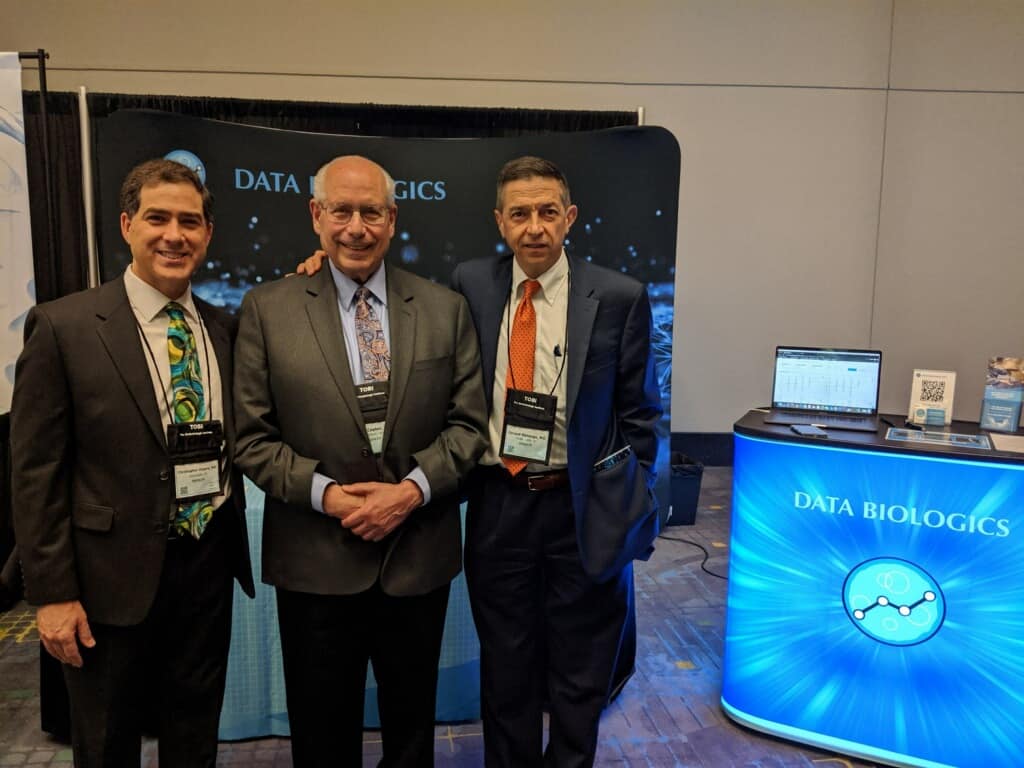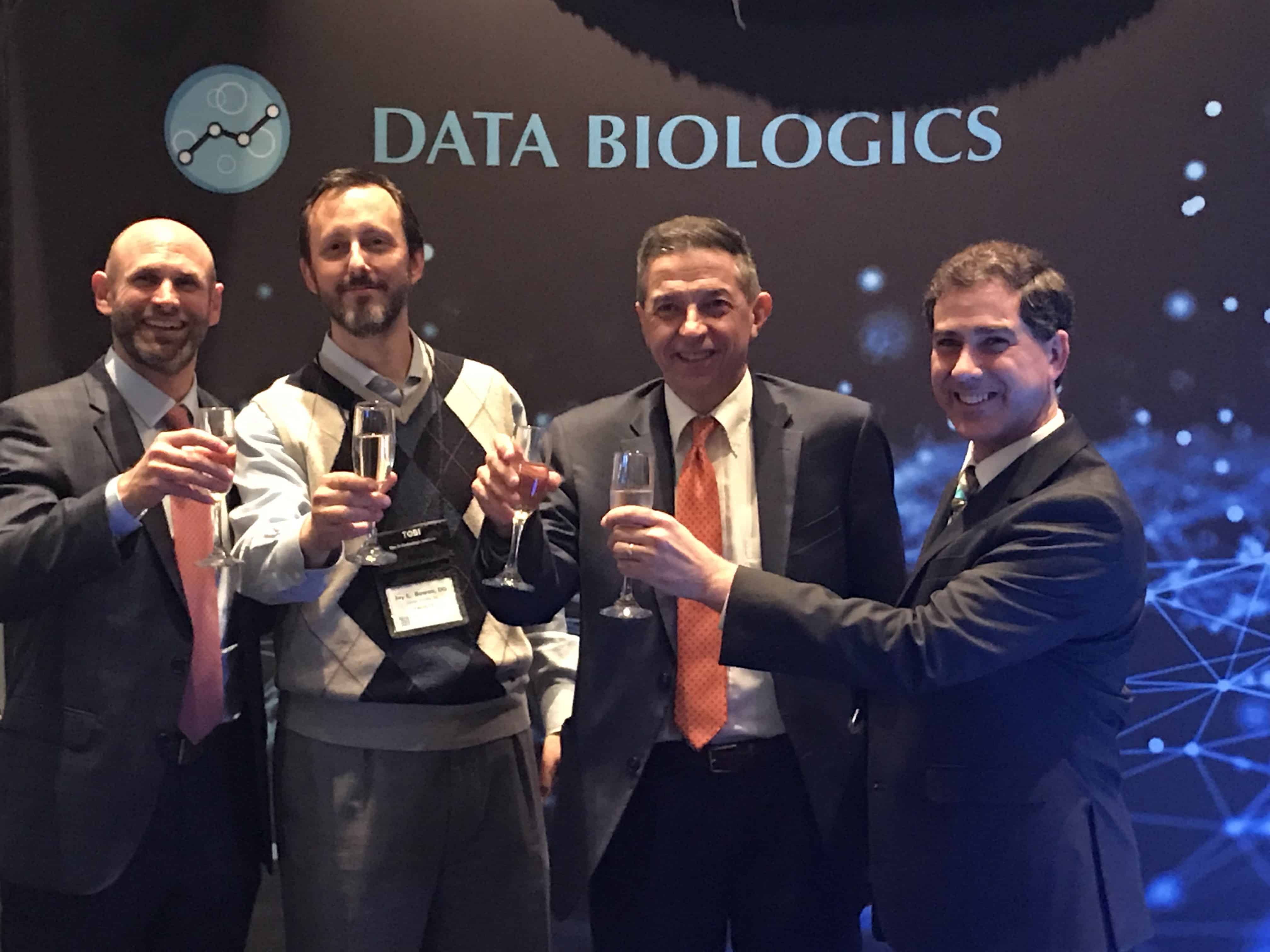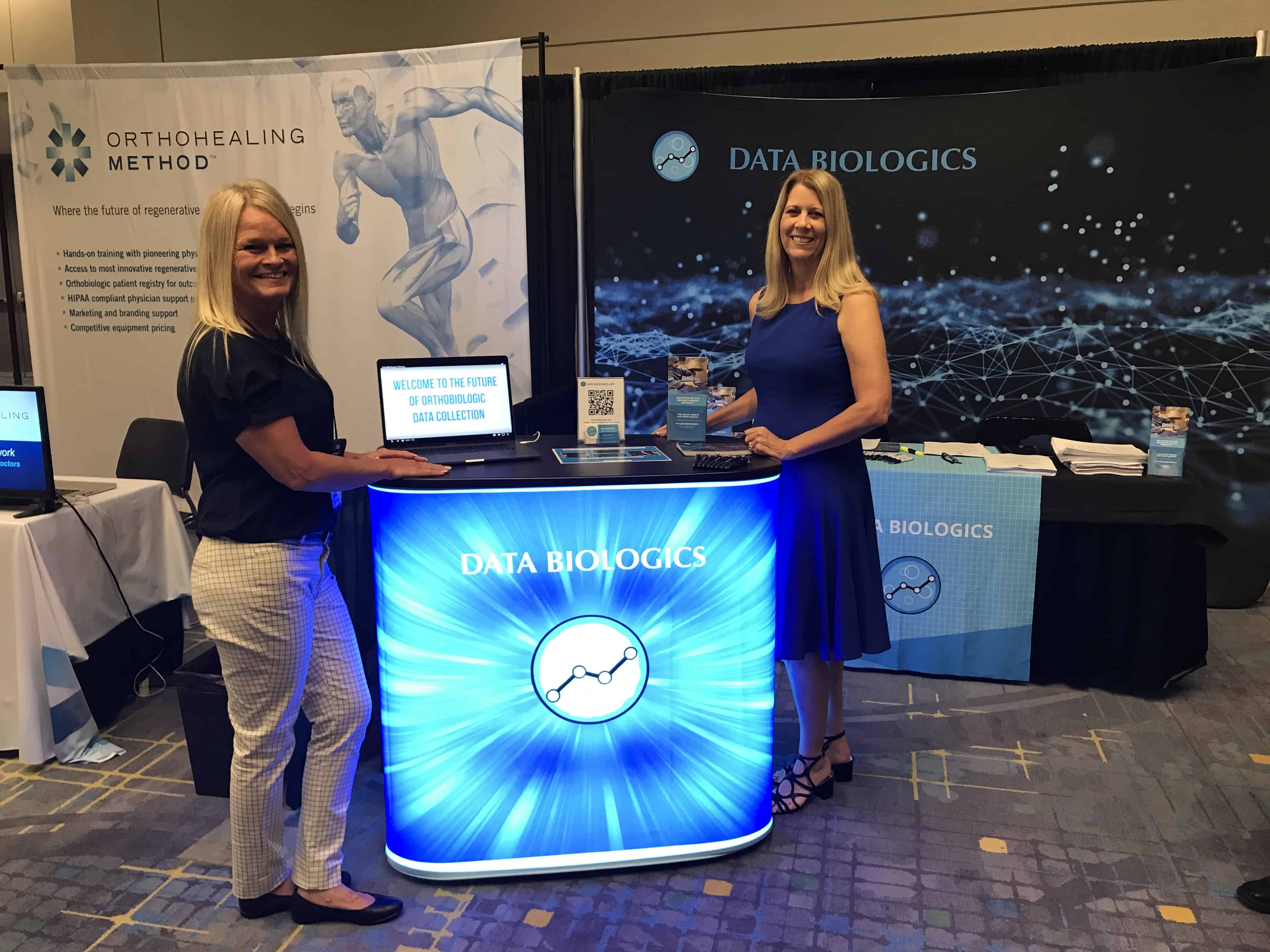
Apr 2, 2020
Great bakers know that when it comes to delivering the best treats and sweets, you have to carefully measure your ingredients.
The same applies to Platelet Rich Plasma (PRP) therapy. The measured amount, the dosage, of concentrated platelets and other cells in the plasma, must be customized to each patient’s specific condition to achieve the best outcomes.
Platelet rich plasma uses highly concentrated platelets to speed up the healing process, decrease inflammation and stimulate tissue regeneration. See our blog on PRP. As we go in-depth in the study of PRP, we now know that determining the best PRP treatment is not just about how much platelets are in the injection.
Not All PRP are the same
There are other factors that need to be considered to obtain the best PRP treatment. There are other other cells in the PRP, specifically the red blood cells and white blood cells that need to be adjusted depending on the patient’s condition. Platelets release growth factors that facilitate the healing process. The timing and pattern of growth factor release and the individual’s cellular response to growth factors may vary. This can affect outcome and should be thought out in determining PRP treatment. There is a wide variety of methods used to harvest, process and deliver PRP therapy. The resulting platelet count, cell composition and PRP quality are highly variable and can affect clinical outcome.
Only physicians truly experienced in using PRP know how to adjust the dosing appropriately. Joints, tendons, ligament and nerves require their own specific PRP formulation. Imagine if a doctor writes the incorrect kind and amount of antibiotic to treat your specific infection. Patients should make sure that they do their homework in seeking skilled and experienced physicians providing their PRP treatment. These physicians should not only know how to provide the best customized PRP for your need, they should also be adept in the delivery of PRP therapy. These physicians should have advanced training in diagnostic ultrasound or fluoroscopic (xray) guided procedures to make the procedure safe, comfortable and effective.
Not all PRP dosing is the same. Patients should choose physicians who have the knowledge and expertise to ensure they get the right kind of PRP for their orthopedic condition.
Dr. Christopher J. Rogers and Dr Mary A. Ambach are experts and key leaders in the field of regenerative medicine. They are board certified doctors with over 20 years of combined research and clinical experience in platelet rich plasma and other cell based therapies.

Feb 25, 2020
In recent years, doctors have learned more about the body’s remarkable ability to heal itself. Platelet-rich plasma therapy is a form of regenerative medicine that harnesses those abilities to heal many joint, tendon and spine injuries.
What is plasma and what are platelets?
Plasma is the liquid portion of your blood. It is primarily composed of water and proteins and provides a means for red blood cells, white blood cells and platelets to circulate throughout the body. Platelets are a special type of blood cell that stimulate healing. They contain hundreds of growth factors that initiate the healing process and encourage tissue regeneration.
Platelet-rich plasma (PRP) contains a concentration of platelets that is greater than that found in the blood. This significantly increased concentration of growth factors creates an increased stimulus to injured tissues, encouraging them to complete the healing process.
How does Platelet-Rich Plasma Therapy Work?
Scientific studies show that by increasing the concentration of growth factors, the body can speed up the healing process. By injecting inflamed or damaged tissue, injuries are encouraged to heal quickly even if they have persisted for years.
How is the PRP treatment performed?
About 4 tablespoons of blood are drawn from the patient using techniques similar to a typical blood exam. The sample is placed into a centrifuge which spins the blood and separates the platelets from the other blood components. After numbing the injured area, the concentrated platelet solution is injected under the visual guidance of an ultrasound or digital xray by your physician.
Areas where PRP therapy has been shown to be effective include:
- Chronic tendon injuries: Platelet-rich plasma therapy can treat sports injuries, such as tennis elbow, gluteal tendinopathy, plantar fasciitis, patellar tendinitis and Achilles tendonitis.
- Joint arthritis: PRP is used to reduce the inflammation, pain and stiffness caused by arthritis of knees, hips and other joints. PRP also improves the cushion in the joint and kills the cartilage destroying cells.
- Spine pain: PRP therapy can reduce the pain of chronic disc tears, irritated nerves (sciatica) or joint arthritis.
The effectiveness of PRP therapy varies among different patients as a result of:
- Overall health of the patient
- The severity of the injured tissues
- The length of time the tissue has been injured
Preparing for PRP therapy
The patient should eat and be well hydrated before the procedure to avoid lightheadedness. Patients should tell their doctor about any medications or prescriptions they use on a regular basis. It’s also important to follow the doctor’s instructions when it comes to anti-inflammatory medications or blood thinners.
The PRP Treatment
The procedure is typically performed in a doctor’s clinic. The doctor begins by drawing blood from the patient, and uses a centrifuge to separate the platelets and plasma from the rest of the blood cells. The doctor will then numb the area to be treated and carefully inject the PRP into the injured tissues or joint. The platelets release growth factors which will initiate tissue healing. This treatment takes approximately 30-60 minutes.
After Receiving PRP Therapy
The injection site may be sore for a few days following the procedure. Patients may take mild analgesics like Tylenol or use ice to minimize soreness. Patients usually resume gentle activities within the first week after treatment. The results of PRP are not immediate and patients can observe slow gradual improvement over a couple of months. A review of our clinic data shows that most patients continue to have relief even years after PRP treatment.
Talk with your doctor today if you are interested in learning more about PRP therapy.

May 8, 2019
SDOMG Doctors Give Free Education on Safe and Proper Stem Cell Therapies
Dr. Chris Rogers and Dr. Mary Ambach had a successful seminar on natural regenerative treatments a few weeks ago at the BREG facility in Carlsbad. Attendees learned how cutting-edge nonsurgical treatments, like platelet-rich plasma, bone marrow concentrate stem cells and adipose or fat cells can be safely utilized to help heal orthopedic and sports injuries.
If you missed this exciting informative discussion, make sure to attend the next one.
Click here to sign up!
















